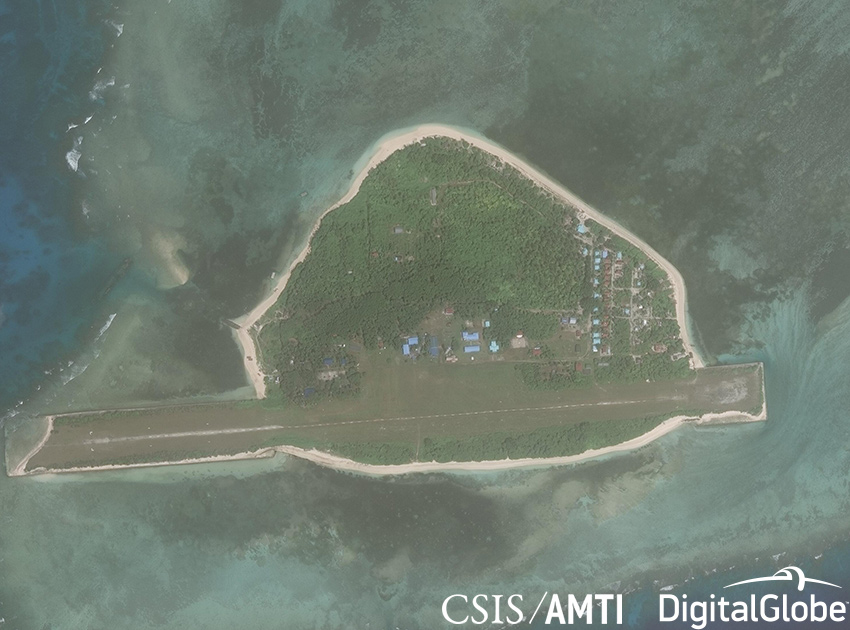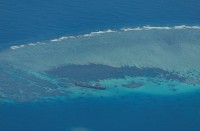
(Eagle News) – The Philippines, through the Department of Foreign Affairs, called on the Chinese government to adhere to an earlier consensus on the exercise of self-restraint in deploying its vessels on Philippine territory as it called the recent swarming of Chinese vessels in the Pag-asa islands as “illegal.”
In a statement issued on Thursday, April 4, the DFA categorially stated that “the Pag-asa Islands are part of the Kalayaan Island Group (KIG), which is an integral part of the Philippines over which it has sovereignty, sovereign rights and jurisdiction.”
“Accordingly, the presence of Chinese vessels near and around Pag-asa and other maritime features in the KIG is illegal,” the DFA statement read.
“Such actions are a clear violation of Philippine sovereignty, sovereign rights and jurisdiction, as defined under international law including the 1982 United Nations Convention on the Law of the Sea (UNCLOS),” it said.
The DFA also made the observation that the “Chinese vessels have been present in large numbers and for sustained and recurring periods—what is commonly referred to as ‘swarming’ tactics” in the Pag-asa islands.
This, it said, raises the “questions about their intent as well as concerns over their role in support of coercive objectives.”
“Such actions when not repudiated by the Chinese government are deemed to have been adopted by it,” the DFA statement said.
It said “the presence of Chinese vessels within the Kalayaan Island Group, whether military, fishing or other vessels, will thus continue to be the subject of appropriate action by the Philippines.”
-Joint statement on self-restraint during China’s Xi visit cited-
The DFA also cited the recent Joint Statement issued by the Philippines and China during last year’s State Visit of President Xi Jinping to the Philippines.
It said this included an “agreement by both sides to exercise self-restraint with respect to activities in the South China Sea that would complicate or escalate disputes and affect peace and stability.”
“We call on the Chinese government to adhere to this consensus reached at the highest levels, down to its agencies and its military,” the DFA statement on the Pag-island incident said.
“For the record, the Philippines has consistently manifested its position on the Pag-asa Islands and on the Kalayaan Island Group, and its objections or concerns over illegal, tension-raising or coercive activities, through diplomatic actions, including notes verbales and in meetings with the Chinese side, including the Philippines-China Bilateral Consultation Mechanism (BCM),” it said.
-Call to desist from actions that create mistrust-
The DFA also called on “concerned parties to desist from any action and activity that contravenes the ASEAN-China Declaration on the Conduct of Parties in the South China Sea (DOC), as these generate tension, mistrust and uncertainty, and threatens regional peace and stability.”
The Philippines, it said, is calling for the “full and effective implementation of the DOC” while negotiations are ongoing on the Code of Conduct in the South China Sea.
The DFA also noted that China’s recent actions in Pagasa island may complicate the situation in the region, and create a situation that may undermine peace and security, and called for actions that would promote mutual trust.
“We cannot emphasize enough the imperative to build and promote mutual trust and confidence, to exercise self-restraint in the conduct of activities; and to avoid actions that may further complicate the situation and undermine peace, security and stability in the region,” its statement said.
More than 600 Chinese vessels have been monitored to have circled the Pag-asa Island (Thitu Island) in the West Philippine Sea since January this year, according to the the military.
The military also recorded the highest number of Chinese vessels near and around the Pag-asa Island at 87 last February 10.







